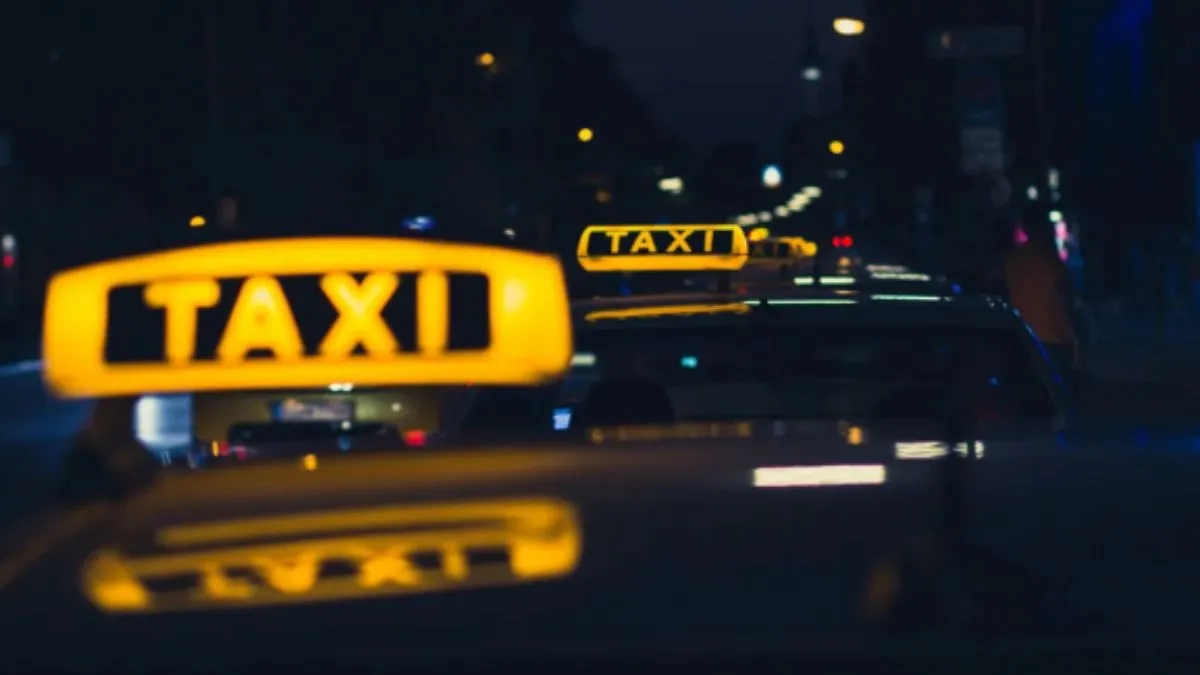- By Kamakshi Bishnoi
- Thu, 27 Mar 2025 12:06 PM (IST)
- Source:JND
The Transport Department has planned to install tracking devices and panic buttons in vehicles to enhance passenger safety, especially for women and children. However, there is no clear timeline for implementation. As a result, crimes against women continue to occur in commercial vehicles, while authorities struggle to keep up with technological advancements.
Following the 2012 Delhi incident, the Nirbhaya scheme was introduced to improve safety measures for women and children. Under this initiative, the Transport Department proposed installing panic buttons and Vehicle Location Tracking Devices (VLTD) in school buses, taxis, and vehicles with national permits. These devices were intended to be linked to Dial 112, ensuring immediate police assistance during emergencies.
Although funds have been allocated and the National Informatics Centre (NIC) has been assigned the task, the procurement of essential equipment remains incomplete. A command center at Transport Headquarters is also in the pipeline, but progress has been slow.
Multiple meetings between the Transport Department, traffic police, and other stakeholders have taken place to discuss the logistics of the panic button system, including response times and coordination with law enforcement. Once implemented, these measures will enhance the monitoring of taxis and school buses, making travel safer.
According to ARTO Headquarters official Kamal Joshi, the VLTD system will be introduced in nationally permitted vehicles, taxis, and school buses to benefit all passengers. However, RTO Enforcement Officer Sandeep Kumar Pankaj acknowledges that while discussions have been held under the Safe City initiative, substantial progress is yet to be seen.
READ MORE: RSS Expands To 2,851 Branches In Varanasi, Prepares 1.25 Lakh Uniforms Ahead Of Centenary
Currently, only state-run roadways, city transport, and pink buses are equipped with tracking devices and panic buttons. The Transport Corporation has installed these safety features in approximately 5,000 buses, with monitoring conducted from a central control room.
Additionally, about 200 city transport buses have CCTV cameras, but they lack tracking systems. Despite regulations mandating safety devices in school vehicles, most remain unequipped, reflecting the transport authorities' lack of seriousness on the issue.
More than 10,000 taxis, including Ola, Uber, and InDrive vehicles operating in the capital, still do not have tracking devices or panic buttons. While some drivers, such as Ola's Mohammad Shami, have installed CCTV cameras, these are not integrated with emergency response systems like Dial 112. Plans to extend tracking and panic button facilities to three-wheelers such as autos and tempos are also uncertain, as even the first phase of implementation has yet to begin.
In 2018, the city police initiated a system to assign four-digit identification numbers to tempos and taxis for easier tracking in case of incidents. However, only about 1,000 vehicles received these numbers before the initiative stalled. Similar plans to assign code numbers to e-rickshaws and e-autos also remain unfinished.
Marif Ali Khan, President of the CNG Tempo-Taxi Association, and Zahid from the Taxi Cab Union have expressed concerns over the lack of safety devices in taxis. Until these measures are implemented effectively, passenger safety, especially for women and children, remains at risk.

